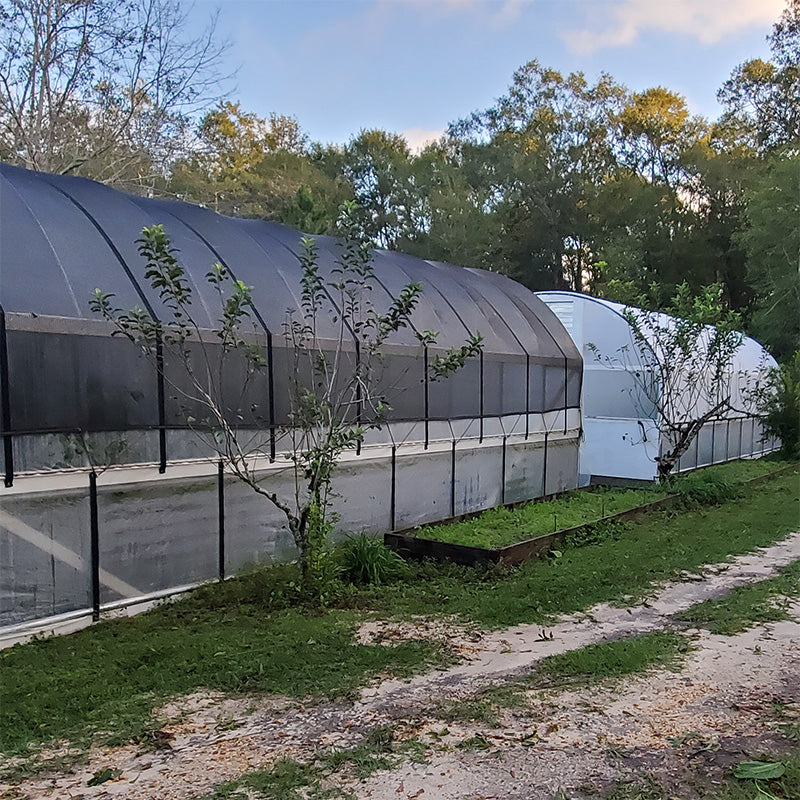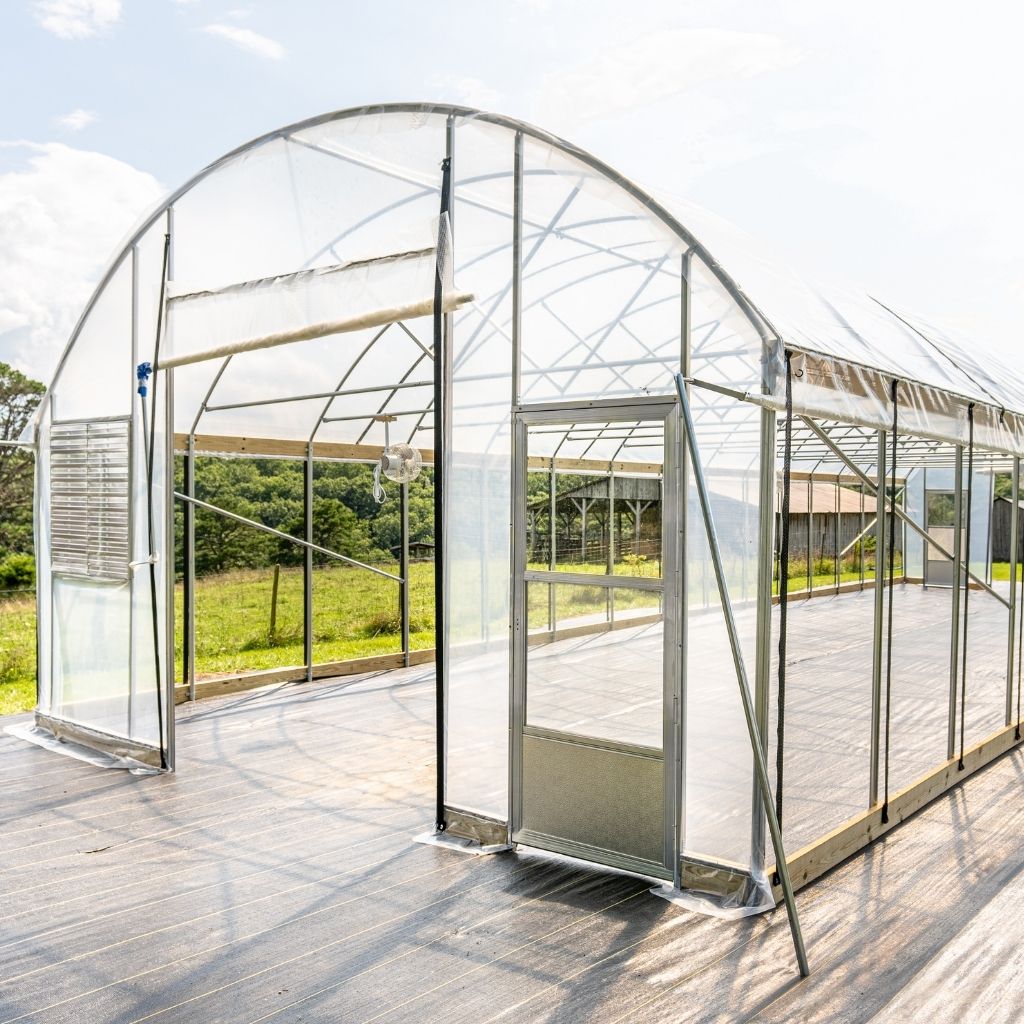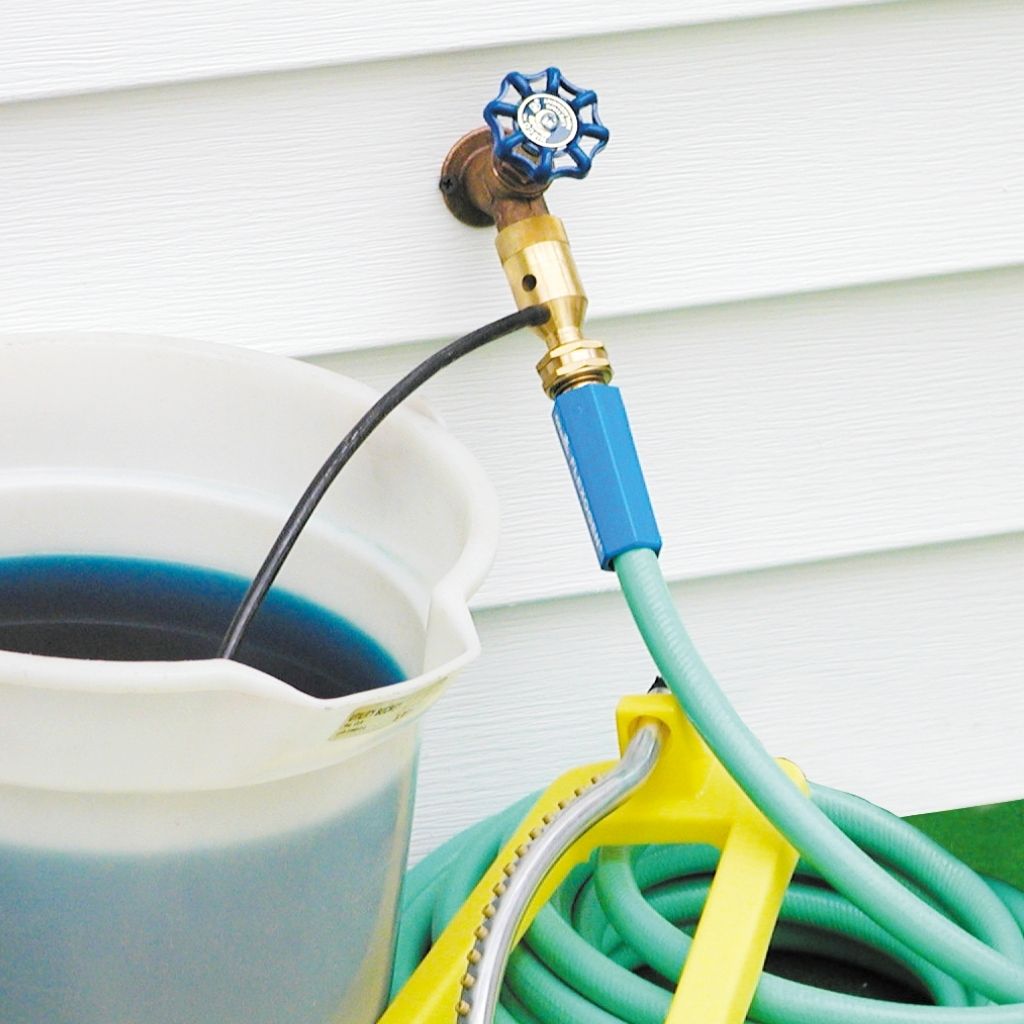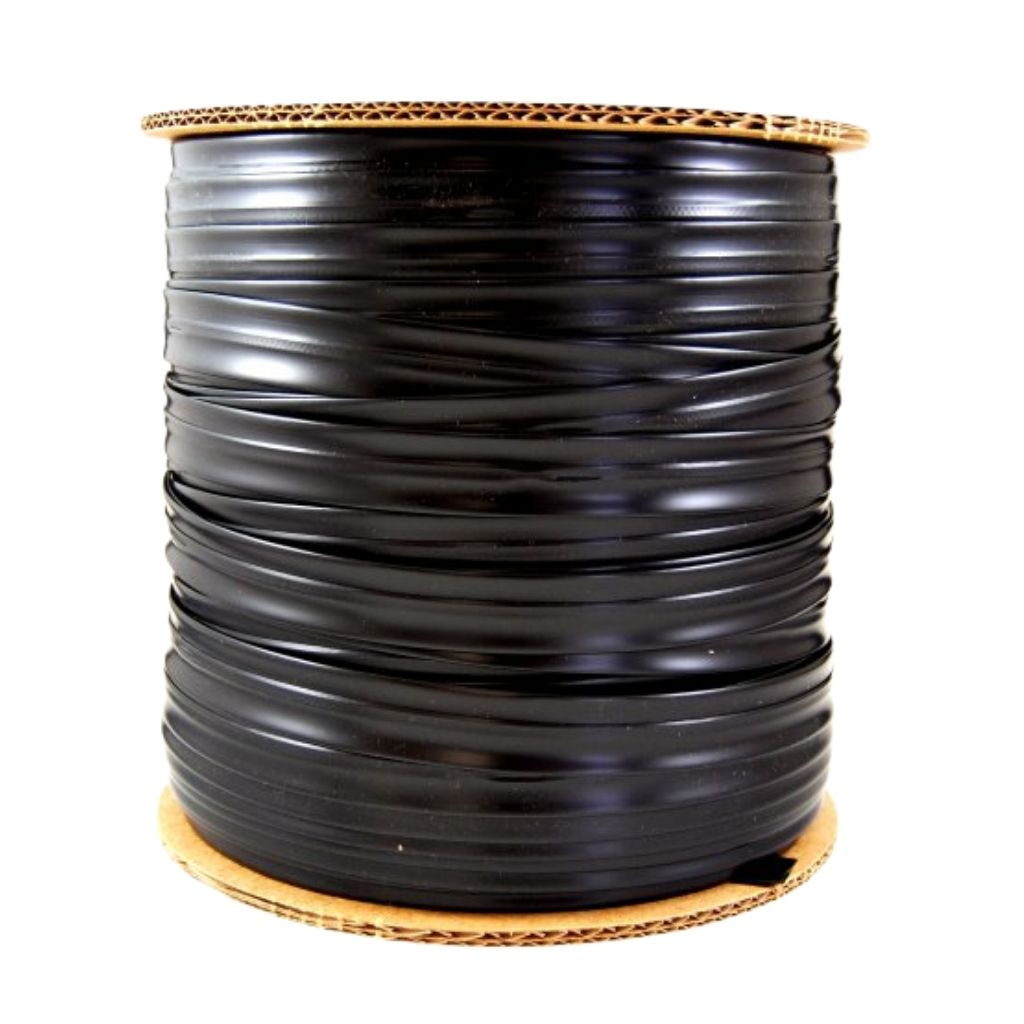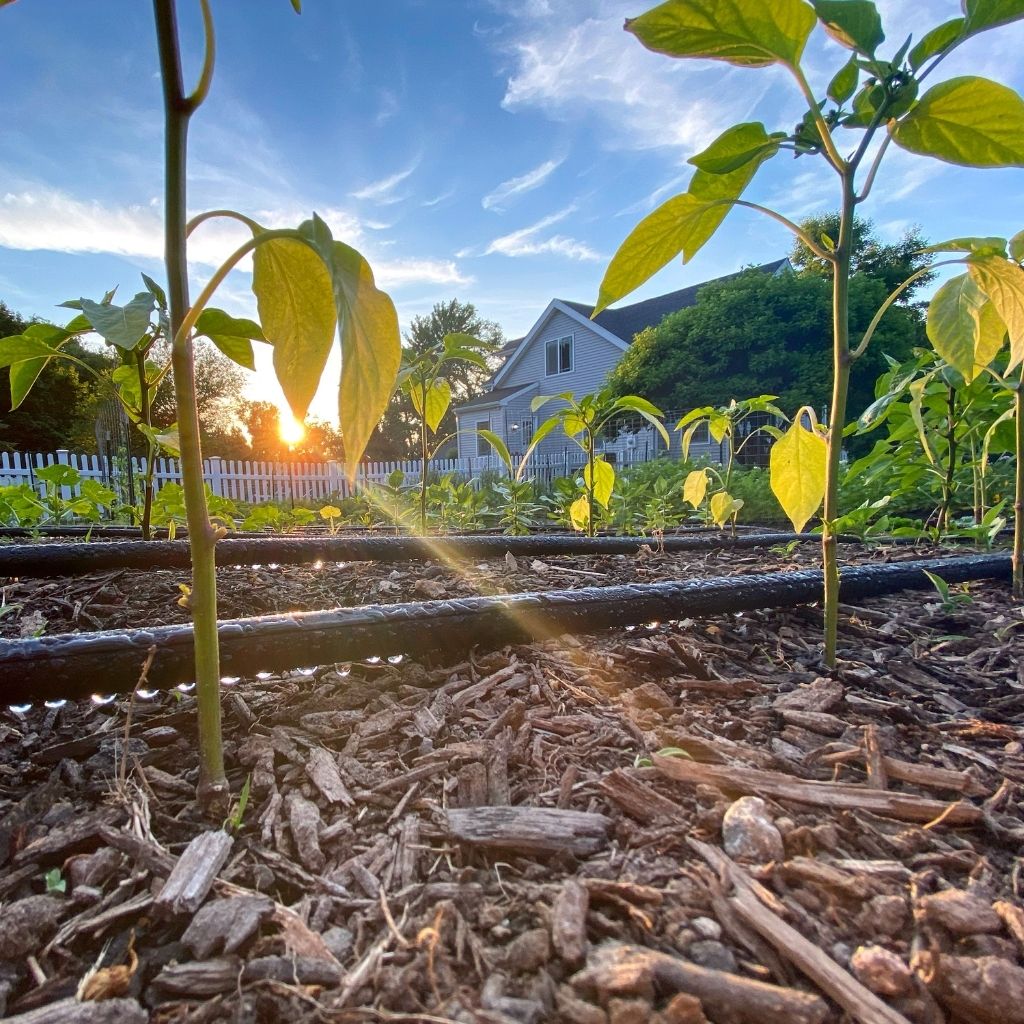The Broadfork: A lost tool for farmers
This broadfork from has five tines. The original French design used many years ago has been adapted and altered by this company considering the advancement of metallurgy and CNC design. Other companies have utilized old designs of the original broadfork, using steel rounded tines, bent at an angle and placed specifically for additional leverage. There are other models from this particular manufacture with four tines with different widths for people with different heights, and weight. The strong thick gussets allow for the proper leverage for lifting the soil. The ash handle allows some flexion while digging and prying the dirt from the ground. Apart from the many earthworms saved from avoiding the use of a tiller, the broadfork saves on gasoline, maintenance, soil structure, and provides air to the garden space. Compared with a tiller, the broadfork appears to be a slow method for soil structure construction, however, it works considerably more square feet at once with less strain on the arms and core muscles. Rotary tillers seem to work ground faster, but in the broad spectrum of providing and building, a proper soil structure can actually be more detrimental than they are worth. If you've ever used a tiller maybe you recall the tingling arms, sore shoulders and wrist that followed, after the job was done. The fumes from the gasoline, spilt oil and gas, and heavy awkward bulk difficult to haul around the garden space, avoiding plants, hills, trenches, and rocks along the way.
When using the broadfork, the tines by the two ash handles should be thrown into the ground and stepped on at an angle. Stepping side to side sinks the tines deeper into the soil, wiggling back and forth as if on a teeter-totter, digging as deep as the 12" tines will go. Holding onto the upper portion of the Ash wooden handles, and pulling back while stepping backwards, and folding forward down to the ground provides enough leverage to lift about 20-30 pounds of soil, or two square feet of soil from the ground.
The soil does not need to be a powdery texture except at the very surface of the ground where sewing seedlings becomes more important. Instead the ground can be clumpy but not dense, which the broadfork maintains, and most tillers do not. Hard compacted clumps of worm castings, clay, sand, and loam all must be broken apart and mixed together in the correct proportions to allow plants to fully utilize the soil structure. Roots mine into these clumps breaking them up, and upon mortification, leave behind organic matter that has bonded sand and clay, and compost together with fibers for future plants to consume.
The broadfork maintains soil fertility by increasing air access to root zones, and mycorrhizae and bacteria production. Earthworms, and other valuable creatures are saved from death, allowing them to mine and work the soil as nature intended. Turning the soil over, and lifting it up from the compaction of the hardpan, and strata improves nutrient distribution. The quality of the soil, when using different cover crops, improves when roots, and compost are deposited into the soil, and gently flipped over on top of unused dirt. Adding layers of compost, sand, and other organic amendments greatly increase the broadfork productivity, as it mixes these additives into the soil instead of blending them. I suggest if you are breaking ground for the first time, use a rototiller, but after the ground is broke, a successive harvest of cover crops, combined with digging forks, and a broadfork over a span of 2-3 years will find you having a soil structure incomparable to a garden that has blended the soil with a tiller year after year. The advantages in the broad spectrum of time for your garden soil will show, whereas the negative aspects of using a tiller will be less immediately understood, and years later if compared to ground worked by a broadfork will lack in soil quality.





